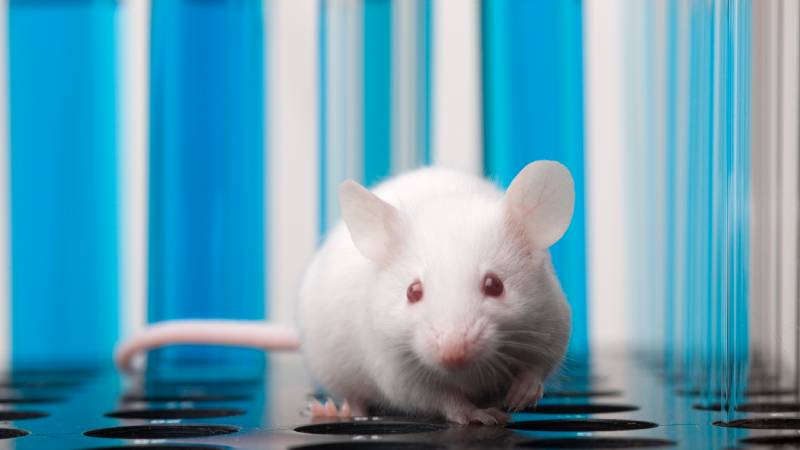Joy! OECD Adopts Three New Nonanimal Test Guidelines
In June, the Organization for Economic Cooperation and Development (OECD) released its annual update of Test Guidelines and other guidance documents.
The OECD is a global advisory body that, among other activities, sets international chemical testing guidelines. These guidelines are used throughout the world to assess chemical safety. This year—as in previous years—three of the four new guidelines adopted were nonanimal methods, reflecting serious progress by advocacy organizations to speed adoption of methods that can be used to identify health and ecological hazards without testing on animals.
Harmonized, or globally agreed upon, test methods are needed to inform policy decisions worldwide that reflect the most modern advances in science and technology. Before adoption into the published guidelines, global expert groups are convened to peer review proposed test methods to ensure that guidelines include accurate and reliable methods. The Physicians Committee, along with other members of the International Council on Animal Protection in OECD Programs (ICAPO), participates in these expert groups to speed adoption of modern computational and in vitro methods for hazard testing.
Among the updated guidelines, the Physicians Committee is celebrating the long-awaited Defined Approaches guideline for skin sensitization, which is an almost complete replacement for mice and guinea pigs, sparing tens of thousands of animals each year. In concordance, the test guideline describing sensitization tests using guinea pigs was updated for the first time since 1991. Three decades later, the OECD has now outlined a complete blueprint to identify skin sensitization hazards relying entirely on in silico and in vitro methods. The guinea pig test is now described as a “last resort” test, and the Physicians Committee will continue to work with ICAPO to have this test guideline removed from the OECD Guidelines for the Testing of Chemicals.
Additional victories in the newly published guidelines include the approval of two new in vitro toxicity tests. TG 498 describes the use of an in vitro human tissue model known as a Reconstructed human Epidermis (RhE), to identify chemicals that can react with sunlight to become skin hazards. The RhE model is already featured in other OECD Test Guidelines for skin irritation and corrosion testing, so the adoption of this guideline adds to the confidence in the accuracy of this model for predicting responses of human skin.
TG 249 describes the use of the rainbow trout cell line RTgill-W1 to identify ecological hazards to fish and other wildlife. Currently, the US EPA requires testing on three different fish species in order to protect wildlife from pesticides. The adoption of this Test Guideline is an important first step to eliminating tests on live fish.
You can read more these victories and find an updated list of nonanimal test guidelines for human health effects at the ICAPO website. Here at the Physicians Committee, we are proud of our coordinating role as ICAPO Secretariat and grateful for the work of all the ICAPO membership on these critical efforts.








